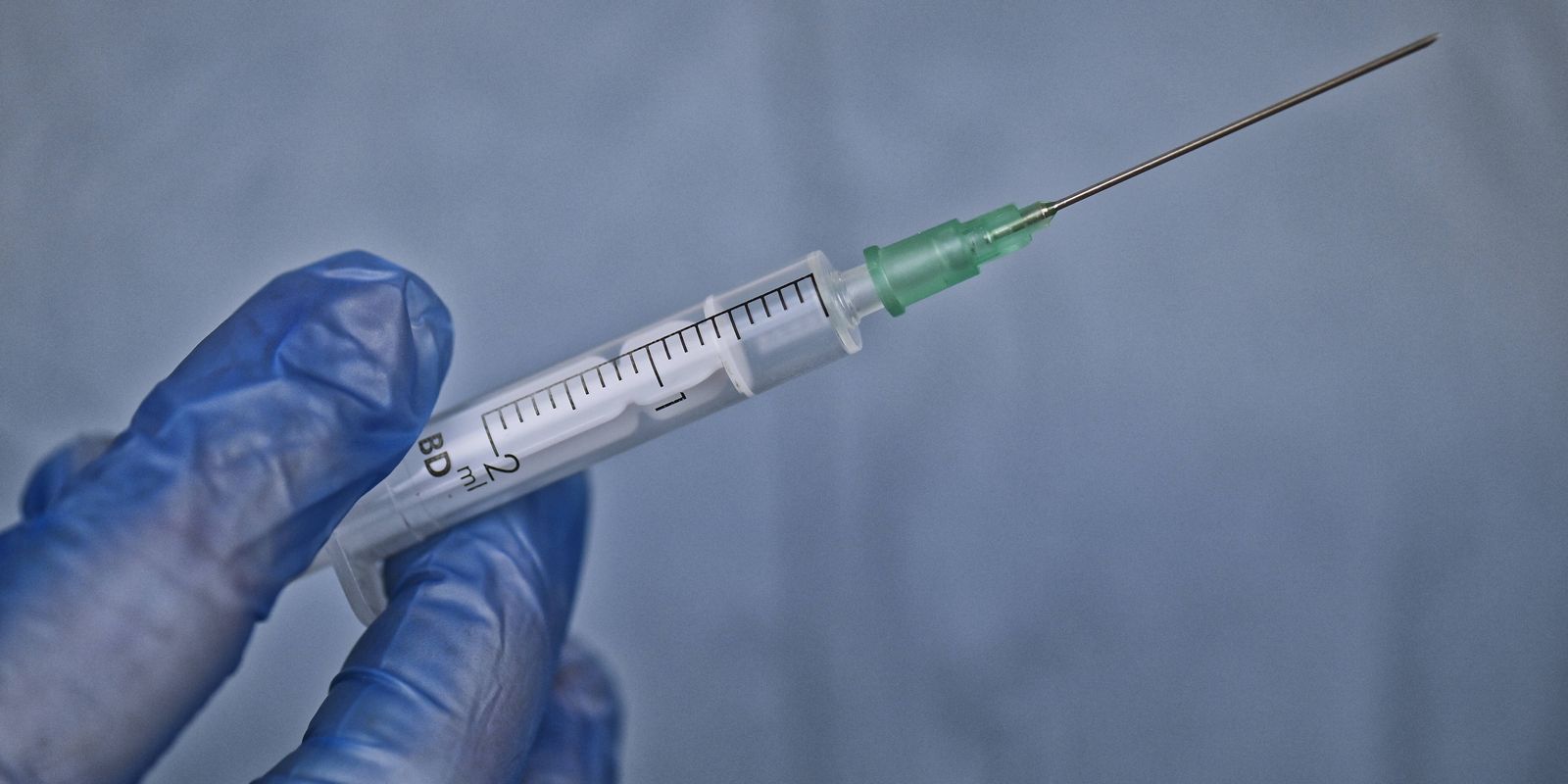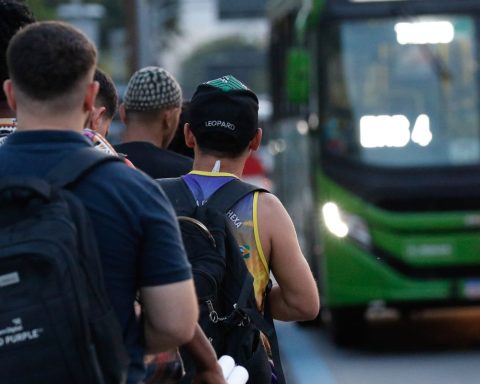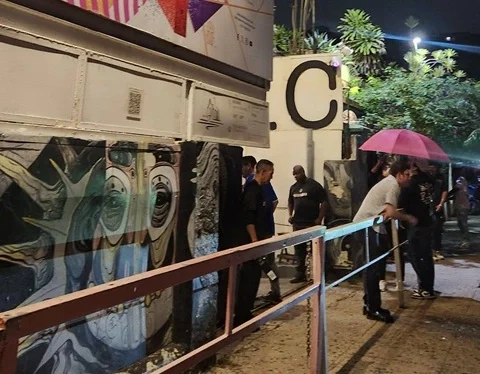After the World Health Organization (WHO) declared, last week, the infectious disease mpox, transmitted by the virus Monkeypoxas a global health emergency, the government of São Paulo has started to monitor cases more closely and is preparing information notes on the disease, popularly known as monkeypox.
The goal is to guide society. Health services throughout the state already have technical recommendations released by the State Health Department (SES) for monitoring and tracking the disease, to help the population preventively.
According to the WHO, with an epidemic outbreak in around 15 countries on the African continent, the current version of the virus that is spreading is not the same as the global outbreak that occurred in 2022.
According to the São Paulo government, a contingency plan was set up during the rise in cases in 2022 and the healthcare network is prepared to identify and provide care for the disease.
According to a recent report, from January to July of this year, 315 cases of the disease were confirmed in São Paulo, a number well below the 4,129 confirmed cases in 2022, when the disease peaked in the state. In 2023, in the same period, 88 cases were confirmed.
“MPOX has become a new global public health emergency due to the 1b strain, which may have an even greater transmission potential. Even though there is no reason to be alarmed in São Paulo, surveillance and monitoring are essential, in addition to following the recommendations so that the disease does not spread.
As a reference for treating cases of the disease, the São Paulo government relies on the Emílio Ribas Hospital, informed the health coordinator of the Disease Control Coordination (CCD) of the State Health Department (SES), Regiane de Paula.
The disease
Mpox is transmitted by the virus Monkeypox, through contaminated people, animals or objects, and its main symptoms are rashes and skin lesions. Diagnosis is made in the laboratory, by the secretion of the lesions or scabs, when the wound is already dry. Symptoms include swollen lymph nodes, fever, body aches, headache, chills and weakness.
The time between contact with the virus and the onset of the disease is between 3 and 16 days. Once the rash disappears, the infected person stops transmitting the virus. The lesions can be flat or raised, with the presence of clear or yellowish fluid, and tend to appear on any part of the body, especially on the face, feet and palms of the hands.
To prevent the disease, it is recommended to avoid contact with people who are infected or suspected of having the disease, be careful about sharing personal items, such as towels, sheets and toothbrushes, wash your hands regularly and properly sanitize everyday items.
Another preventive measure is vaccination in two doses, with a four-week interval between applications.
Priority is given to people at higher risk of developing severe forms of the disease, who are those who have had close contact with confirmed cases of mpox; health professionals who treat suspected or confirmed cases; men who have sex with men (MSM), especially those who have multiple partners; and immunocompromised people, who have a higher risk of serious complications.
According to the secretariat, the disease tends to be mild and patients generally recover without specific treatment, just with rest, oral hydration and medication to alleviate symptoms, such as pain and fever, and thus avoid sequelae.

















